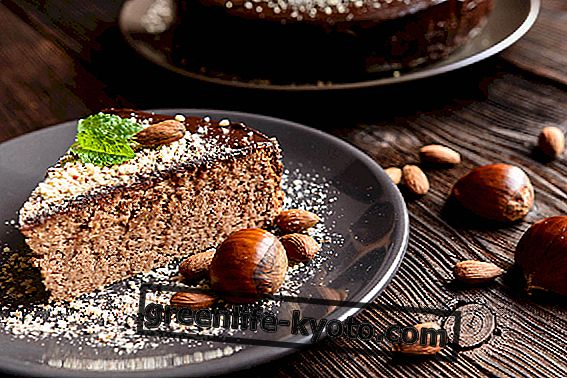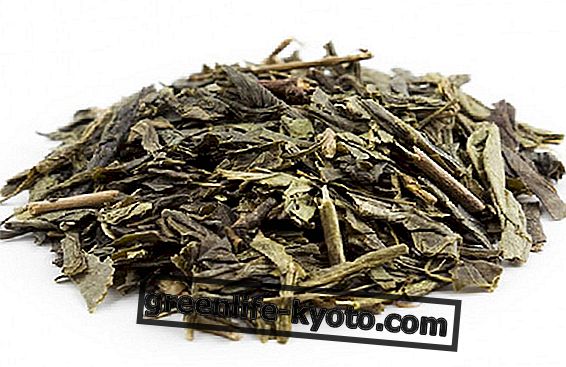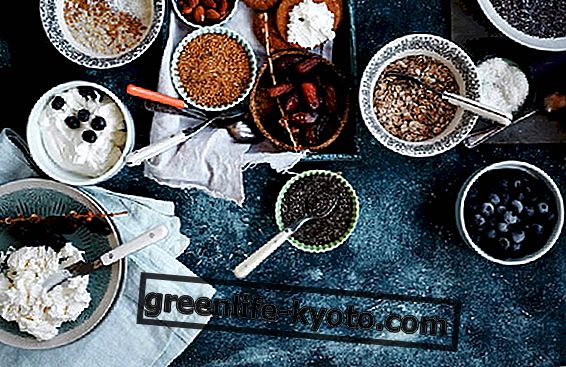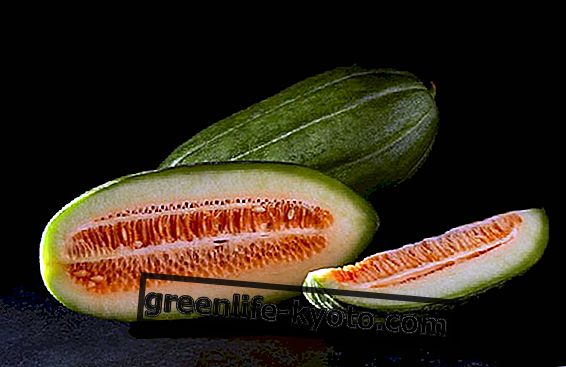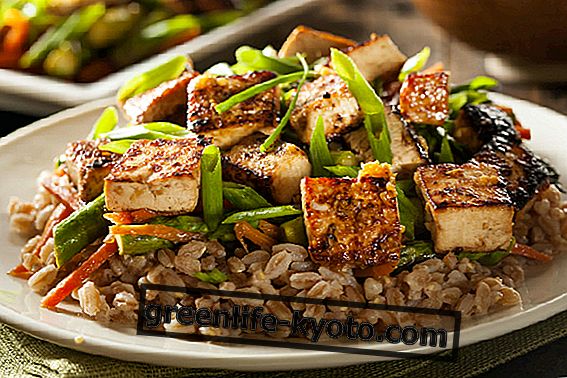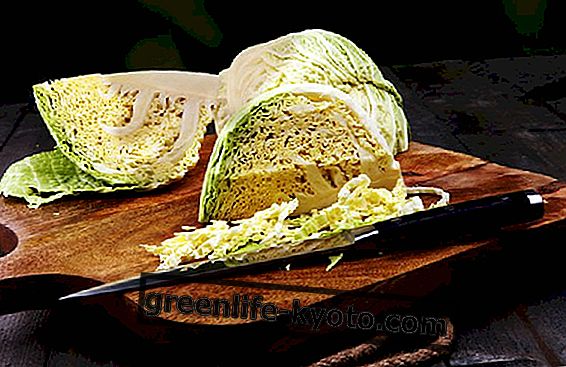
Savoy cabbage: seasonality and properties
Savoy cabbage is a vegetable present throughout the year, but the election period is winter. Thanks to the principle that the seasonality of a food is linked to the need for what the body needs in that season, the cabbage is a valuable ally for health over the cold months.
In fact, it has nutritive principles able to counteract bacterial aggression and external agents, defends the intestinal flora from the overloads deriving from the tendency to ingest fatter foods during the cold season: its nature can balance both pathogenic energies and energy quality of the other foods with which it is combined.
Savoy cabbage: 3 winter recipes
Savoy cabbage is an ingredient in many recipes of typical Italian regional cuisine. In winter the cabbage can be cooked, but it can also be eaten cold.
We see three atypical recipes of side dishes with cabbage.
Cabbage chips
This recipe is very simple and does not require many ingredients:
> 1 cabbage head;
> curry or curcuma or other spice such as paprika, pepper, chilli powder.
The cabbage chips are prepared by washing the cabbage leaves, drying them with absorbent kitchen paper, and then cooking them in a hot oven at 180 degrees for 10-15 minutes, or at least until they become crispy, without burning (the time is indicative, since each oven reaches and maintains the temperature in a different way, and the humidity of the environment, as well as the quantity of water present in the leaves, affects the cooking time).
The leaves can be flavored by sprinkling them, once washed and dried, with your favorite spices, with del gomasio, or left natural.
Fermented cabbage
The Kimchi is an oriental dish consisting of fermented vegetables. The preparation I propose is a simplified version of kimchi.
In addition to being tasty this dish is also healthy, useful for the regular functioning of the intestine, thanks to the ferments that develop during the resting process of the vegetables.
Ingredients and needed :
> 1 cabbage head;
> ½ green apple;
> 1 carrot;
> 2 tablespoons of fine non iodized salt;
> water;
> 1 bowl or salad bowl;
> 1 large jar with lid.
The cabbage is washed and cut into strips, removing the core and keeping aside two large leaves.
Put the sliced cabbage in a salad bowl, sprinkle with salt, and work by squeezing the leaves, trying to knead everything until the vegetable water comes out. Leave it to rest for a few minutes, and in the meantime prepare the carrot and half an apple. They wash, peel, and grate.
The cut cabbage is processed a second time, which in the meantime will have softened. We try to break all the fibers of the leaves. Then add the apple and the carrot, and mix.
Put the vegetables so mixed on the bottom of the jar, making sure they are pressed as much as possible. They are covered with water released from the cabbage and with natural mineral water to occupy twice the volume of the vegetables. Take the leaves left aside, sprinkle with salt, fold and build a sort of cork to put on the cabbage and water.
The jar is closed, having the foresight to make a couple of holes on the lid, so as to let the gas that is formed during fermentation vent.
The duration of rest depends on the temperature : if you leave the jar in a cool environment it will take about a week.
Since fermentation gases will produce a strong savoy smell, I recommend leaving the can in dry, not too heated, and airy places, like a garage.
Fermented vegetables are preserved for a long time, up to six months, if closed in suitable jars.
You can add spices : pepper, chilli, turmeric, garlic, onions. But be careful: the flavors are intensified with fermentation, so start using half a teaspoon of spices at a time.
Cold Russian cabbage salad
Coleslaw is a cold Russian cabbage and carrot salad very common in the United States. It is served as a side dish with roasted and grilled second courses. To prepare it you need the following ingredients:
> 1 cabbage head;
> 4 large carrots;
> 1 spring onion;
> vegan mayonnaise.
The procedure is very simple : the vegetables are washed and cut into thin strips, julienne. They are seasoned with a drop of rice vinegar, and then mixed with vegan mayonnaise.
The salad is garnished with chives or finely chopped pepper. If you like the taste you can also add pink peppercorns.




